"Panthère au Repos"
Bronze Sculpture with a nuanced brown patina
Resting on a rectangular black marble base.
Signed M. Prost and sculptor's stamp with 2 cobras
Numbered 2. Old edition cast.
Three known proofs in this size
Maurice Gaston Elie Joseph Prost (1894-1967) studied with the sculptor Léopold Morice. But it was Charles Valton who revealed his vocation as an animal artist.
In 1913, Prost began an apprenticeship in the workshop of Gauthier, a Parisian goldsmith. However, his training as a goldsmith ended abruptly after the outbreak of the First World War. Prost enlisted and was sent to the Argonne front.
During the first months of the war, he was seriously wounded and transferred to a military hospital where his left arm was amputated due to gangrene. Newly disabled, he could no longer continue his work as a goldsmith. Prost was determined to pursue an artistic career and took up sculpture.
After a stay in Montpellier, he returned to Paris in 1918. He then went daily to the Jardin des Plantes to draw and model animals. There, he met other animal sculptors with whom he formed sincere friendships. Initially modeling his subjects in clay, he moved on to direct carving in 1922 with the help of his wife.
In 1927, the proximity of a glassworks workshop gave him the idea of using a compressed air machine to operate a pneumatic hammer, which he adapted and developed with the help of the Apparatus Services of the Secretariat of State for Veterans Affairs. From then on, he could practice direct carving without any assistance.
Prost exhibited at the Salon des Artistes Français from 1921, where he continued to present his work, as well as at the Salon des Artistes Indépendants. He also regularly presented works at the Salon d'Automne until 1966, the year before his death.
In 1922, at the Salon des Artistes Français, he received a medal of honor, and after that, his career really took off.
Maurice Prost exhibited permanently at the Galerie Susse in Paris until after the Second World War.
His works were among the gallery's best-selling works.
In 1928, he exhibited at the first Salon des Artistes Mutilés et Blessés de Guerre on the Champs-Élysées, an event whose inauguration brought together the entire French political class and the international press.
Prost presented his Black Panther at the 1931 Colonial Exhibition. He then created numerous monumental sculptures for cities and institutions.
He became a full professor of drawing at the Paris Chamber of Commerce, where he taught for 22 years.
Knight of the Legion of Honor in 1933, he was promoted in 1957 to Officer of the Legion of Honor of the Arts.






























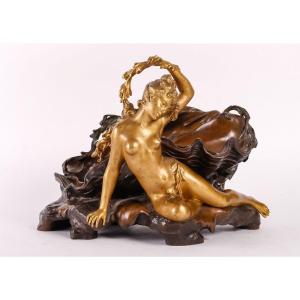
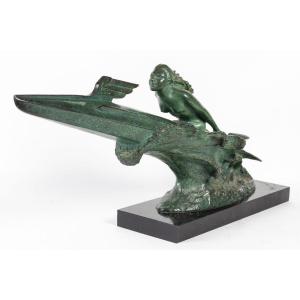
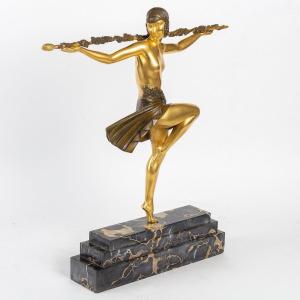

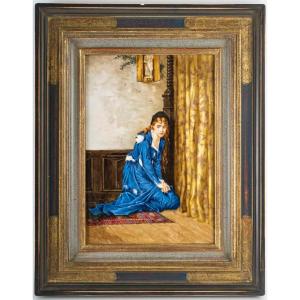



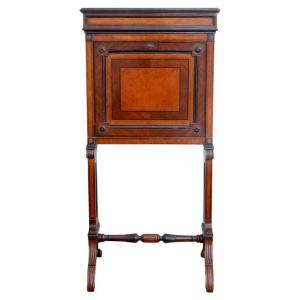

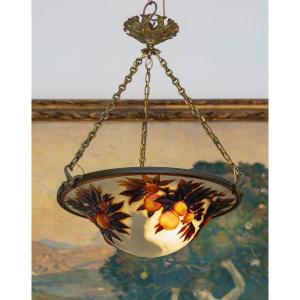









 Le Magazine de PROANTIC
Le Magazine de PROANTIC TRÉSORS Magazine
TRÉSORS Magazine Rivista Artiquariato
Rivista Artiquariato